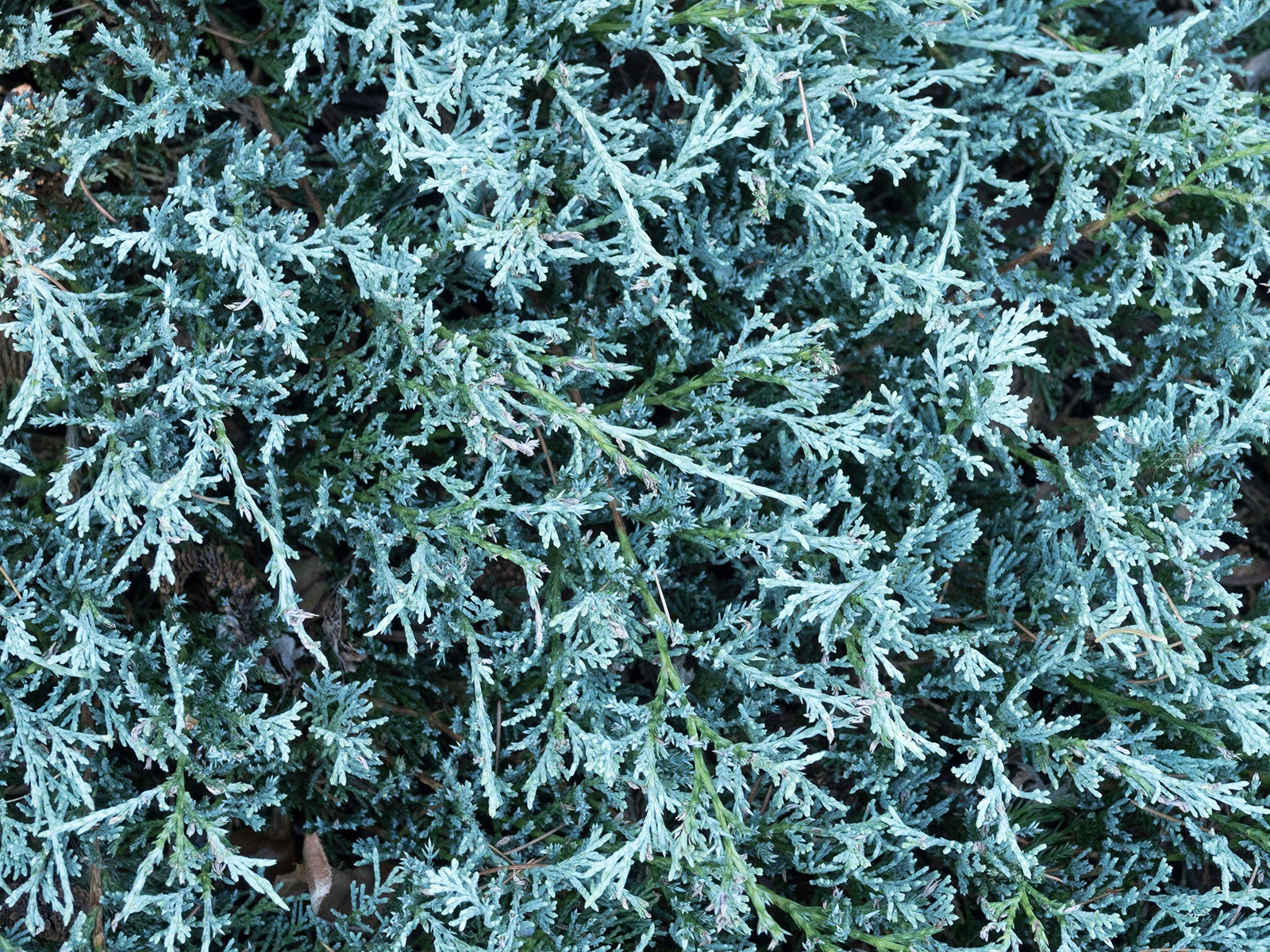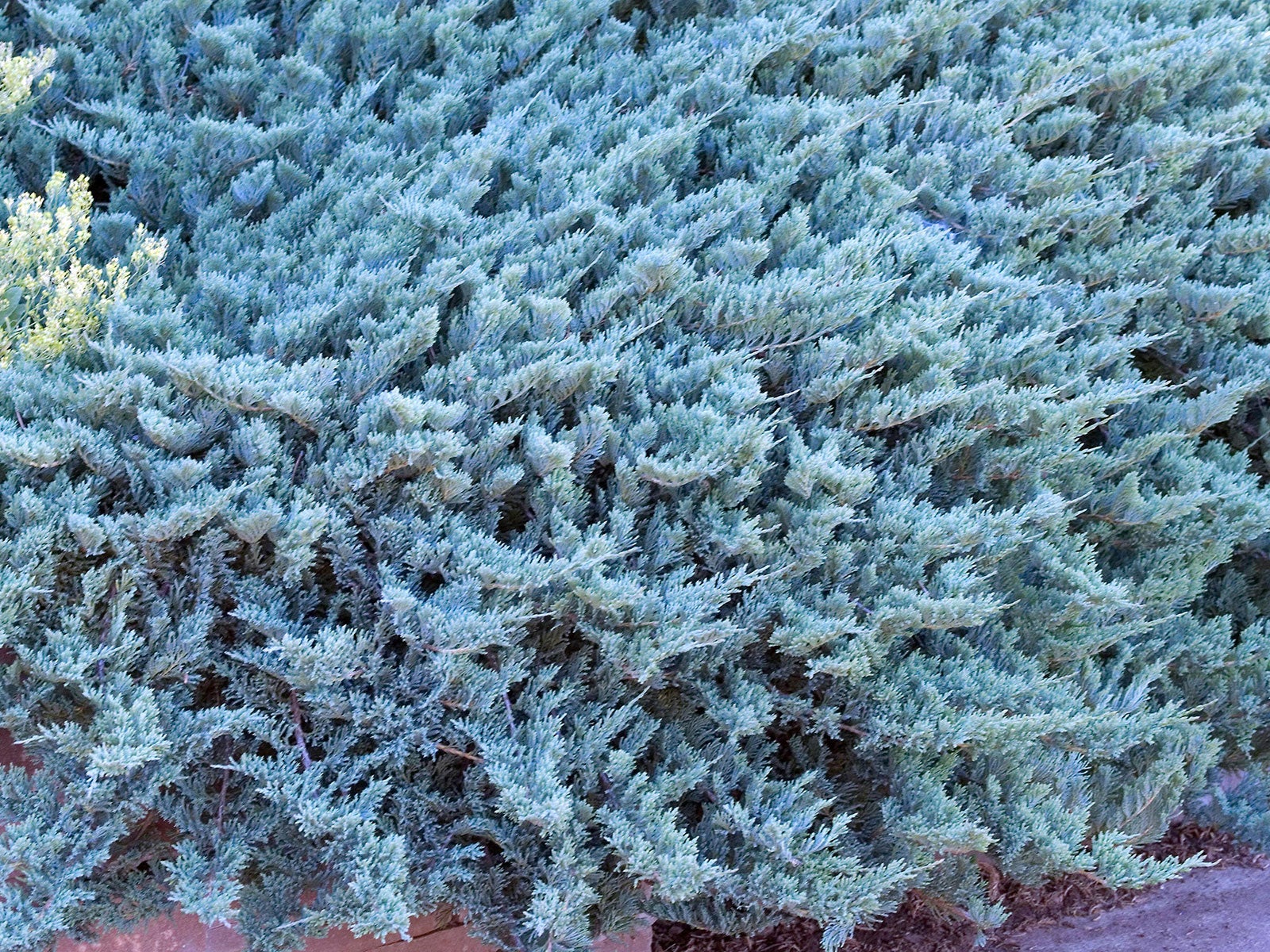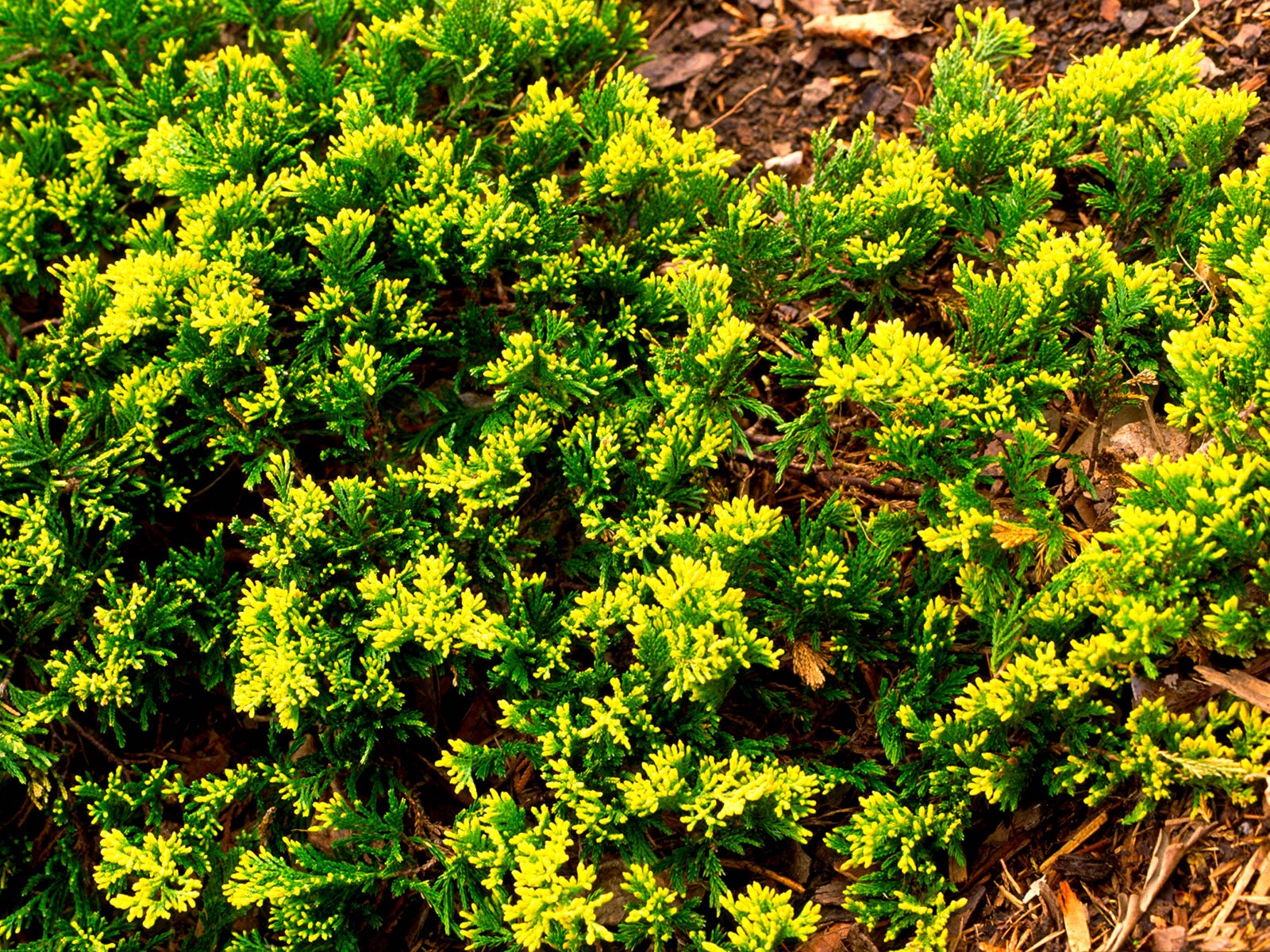Best Juniper Ground Cover: 12 Versatile Evergreen Varieties To Protect Your Plot


Juniper ground cover is a great way to fill in garden gaps around borders, patios, pathways and rockeries. Different juniper varieties offer a wide range of dense, mat-forming foliage in heights to suit any need. These plants come in steely blues, minty greens, cheerful golds and variegated options. In winter, juniper foliage takes on purple, burgundy and copper tones to add interest to quiet corners.
Highly regarded as a garden stalwart, juniper is drought tolerant and weather-resilient. Of the many ground cover plants you can grow, these coniferous plants are among the most dependable and adaptable, often working equally well on flat surfaces and on slopes. Here, we round up some of the varieties that will flourish as attractive ground cover and effective erosion controls.
Best Juniper Ground Cover For Every Garden Size
Juniper ground covers range from only a few inches to three feet tall (1m) with a variable spread. This means that however big or small your garden, there is a juniper variety here to suit you. Give some thought to ground cover spacing based on the needs of your particular juniper selection. When first planted, space them out to allow ample space for growth.
Surround with mulch to conserve moisture and reduce weeds until the juniper plants establish. If pruning becomes necessary, limit to tip-pruning to encourage fullness – don't cut back severely. Choose disease-resistant cultivars to avoid problems such as cedar apple rust and foliage or tip blight.

Creeping Juniper Ground Cover
Common creeping cedar or creeping juniper ground cover (Juniperus horizontalis) grows 1-2ft tall and 4-8ft wide (0.3-0.6m by 1.2-2.4m) with green or bluish-green foliage and blue cones. It forms a dense carpet of growth (pictured above, 'Glacier') and works well on slopes. This juniper ground cover is also very drought tolerant.
Andorra Juniper 'Plumosa'
Andorra (J. horizontalis 'Plumosa') grows 2ft tall by 10ft wide (0.6m by 3m) with gray-green foliage in summer. This juniper's coloring shifts to golds and plum tones in winter, adding vibrant seasonal interest during the colder months. It works well in coastal plantings and drought-tolerant gardens.
Juniper 'Bar Harbor'
'Bar Harbor' (J. horizontalis 'Bar Harbor') is an excellent juniper as ground cover for garden rockeries and rocky borders. This vigorous variety grows around 8in tall and 6ft wide (20cm by 1.8m), and its feathery, green-gray summer foliage takes on charming purple hues in winter.
Sign up for the Gardening Know How newsletter today and receive a free copy of our e-book "How to Grow Delicious Tomatoes".

Juniper 'Blue Chip'
'Blue Chip' (J. horizontalis 'Blue Chip') grows to around 1ft tall (0.3m), and has distinctive silvery blue foliage with a feathery shape. Its almost ethereal coloring (pictured above) makes it ideal for edging pathways and framing patio spaces with warm, terracotta tones or, conversely, white planting themes.
Blue Rug Juniper
Blue Rug (J. horizontalis 'Wiltonii') is a very low-growing juniper plant, reaching just 4in high (10cm) by 8-10ft wide (2.4-3m) with a trailing habit. It silver blue foliage takes on bronze tinges during the winter months. Since it is highly salt and wind tolerant, it works well exposed areas and grows best in full sun.
Juniper 'Blue Prince'
Another creeping evergreen, 'Blue Prince' (J. horizontalis 'Blue Prince') works well on slopes. Its ground-draping foliage is capable of growing 6in tall by 5ft wide (15cm by 1.5m), and is noted for its fine blue needle color. These tones become even more intensely blue during the winter months.

Shore Juniper
Distinctively feathery, shore juniper (J. conferta) plants grow 12-18in high (30-46cm) with a 6-8ft spread (1.8-2.4m), making them perfect for seaside growing. Variety 'Blue Pacific' has blue foliage and is heat tolerant, while 'Emerald Sea' and 'Schlager' (pictured above) have green foliage.
Juniper 'Hughes'
Wide-spreading 'Hughes' (J. horizontalis 'Hughes') grows 1ft tall by 9ft wide (0.3m by 3m), with silver-blue foliage that takes on tinges of purple in winter. Its feathery habit makes this drought-tolerant juniper plant an excellent choice for rockery and gravel gardens.
Juniper 'Mother Lode'
'Mother Lode' ('Wiltonii' sport) is capable of growing 3in tall and 3ft wide (8cm by 0.9m). Its gold variegated foliage (pictured below) takes on orangish tones during winter. This bright juniper ground cover works well in contrast with earthy tones and accompanying flowering ground cover plants.

Juniper 'Prince of Wales'
'Prince of Wales' (J. horizontalis 'Prince of Wales') grows 6in tall (15cm), with bright green foliage which takes on purple tones through fall and winter. Excellent as an edging for pathways and patio gardens, and also in areas with chunkier rocks, this sun-loving juniper ground cover also works well in sandy soils.
Juniper 'Gold Strike'
For anyone looking to add a natural splash of gold to borders and pathways, this juniper variety is ideal. 'Gold Strike' (J. horizontalis 'Gold Strike') has light green foliage which gleams with cheerful yellow notes through summer and orange tones in the fall. It makes a lovely, low growing but mounding ground cover.
Juniper 'Youngstown'
Both cold and heat tolerant, 'Youngstown' (J. horizontalis 'Youngstown') has soft gray-green foliage which acquires purple tones in winter. Growing around 1ft tall and as much as 6ft wide (0.3m by 1.8m), it creates an impressively thick structure which adapts well to slopes as well as flat patios and pathways.
Frequently Asked Questions
How Long Does It Take for Juniper Ground Cover to Establish?
Exactly how long it takes for juniper ground cover to thicken up will depend on several factors. These include planting conditions, how level the ground is, any neighbouring plants, and plant spacing. On the whole, junipers develop relatively slowly, so are only likely to grow 6-8in each year. Most of the time, they grow outwards rather than vertically. Your juniper should establish within a couple of years of planting.
Which Plants Are Best to Grow Near My Juniper Ground Cover?
Depending on whether you are growing juniper as ground cover around a pathway, border, patio, rock garden or slope, your choice of planting companions will vary. Excellent drought-tolerant ground cover companions include creeping thyme, agapanthus, creeping sedum and euphorbia. For a structural contrast, a hosta works well, while nepeta adds natural complementary tones to blue junipers.

After graduating from Oklahoma State University with a degree in English, Susan pursued a career in communications. In addition, she wrote garden articles for magazines and authored a newspaper gardening column for many years. She contributed South-Central regional gardening columns for four years to Lowes.com. While living in Oklahoma, she served as a master gardener for 17 years.